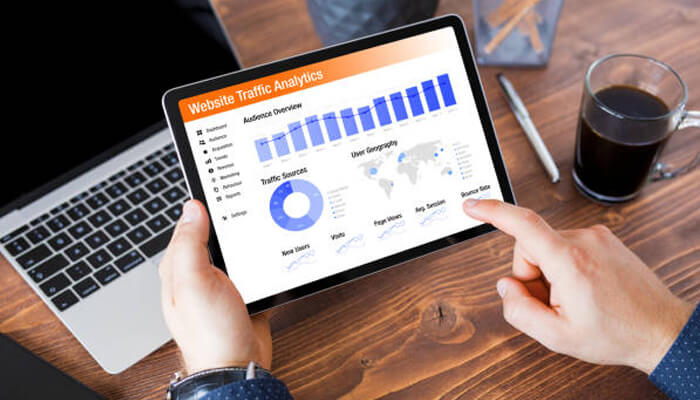Tracking analytics is important for any company. Without doing so, you lack the knowledge of your traffic, your customer base, and their incentives, which will subsequently decrease your sales and improvements and increase your costs. One of the most utilized analytical trackers is Google Analytics (GA), which digital marketers and web analysts around the world continue to use nearly eighteen years after its inception.
Despite its benefits for websites and ease of use, it may not always live up to its praised status. By which we mean the data isn’t always trustworthy.
The Incomplete Data Of Google Analytics
For many businesses, the numbers in Google Analytics reports are either inaccurate or, at the very least, wrongly interpreted. It was less problematic in 2005 when launched, but is now notably concerning in 2023.
Today, the majority of business marketing is done through social media – with the industry reaching $268 billion this year – and the data that social media analytics can provide are crucial in understanding customer habits and elevating the business as a result.
If these metrics are incorrect, incomplete or insufficient, then your company could be in danger of misinterpretation, leading to stagnation.
An Example Of Insufficiency
Google Analytics tracks user behavior by adding a tracker to a page visited by web users, collecting browsing data. The impact comes in two metrics: the average session duration and the average time spent on the page itself.
There are many reasons why this can go wrong – especially when it comes to conversions from social media – but the most evident is the “three-page rule”. Essentially, the end goal for a company using GA is to understand how long the user is engaging with content (the first page) and then how long a user is spending on the website products page itself.
Upon entering the first page, a timestamp is set until you visit the products page, which resets the timestamp. The issue comes, however, with the elusive third page (when the user has exited away from the website). Upon exiting the products page, GA lacks a third timestamp, resulting in the inability to track actual product viewing time.
The Need For Accurate Data
As well as this, GA has a bounce rate percentage of tracked visitors who do not proceed onto – or elsewhere – on the website. If a user were to spend a whole hour on one tracked page, Facebook or Instagram, understand and engage with the content, and then leave, it would be labeled as a bounce. Likewise, if the user were to engage with the content on the first page and then message your company on Facebook and Instagram, it would still increase the bounce rate.
It is easy, then, to misinterpret this data and subsequently misinterpret what is influencing consumer behaviour. You may spend unnecessary time, energy, and money on marketing improvements in an area that didn’t require changes. Businesses need accurate data specific to their marketing needs.
In addition, GA can’t track all user interactions automatically. You need to generate an event tracking with Google Tag Manager or by changing the code. Such tasks can be complicated and time-consuming, delaying data analysis and reporting. GA lacks qualitative analytics features, so it reports visitor actions without explaining the reasons behind them.
Because of GA’s several limitations, the best solution is to find more robust analytics tools. Google Analytics alternatives can help you gain more accurate and complete data. They have more advanced data tracking, governance, and management features. As a result, marketers and decision-makers avoid misinterpreting consumer behavior, shopping patterns, website metrics, and other relevant data. But what are the important features to look for in a GA alternative?
Discover a platform offering both quantitative and qualitative analytics, along with tools for profiling customers, coordinating tags, and managing consent. Choosing one with product analytics features is also good for analyzing app usage, conversions, retention rate, and other product-related metrics. That way, you can create reports and customize analytics dashboards for product adoption analysis.
Overall, the best GA alternative offers robust tools, such as event tracking and data management, for optimal data analysis.
With social media now a massive part of how a company’s market and potential customers consume content, it is unwise to rely solely on GA to glean data. Better analysis capabilities are the answer to a more thorough understanding of the online audience, which will subsequently optimise and improve your company as a result.




